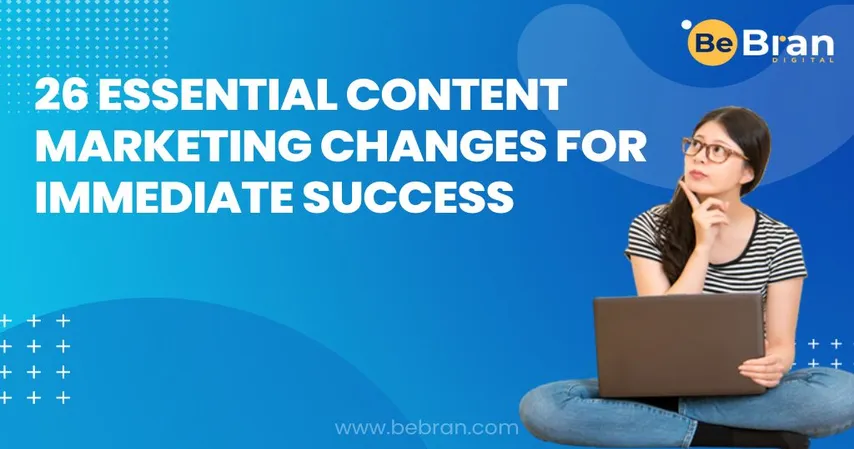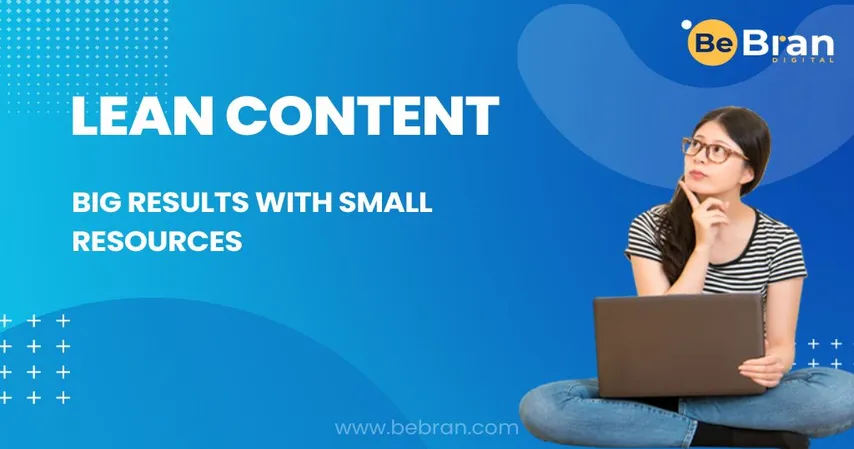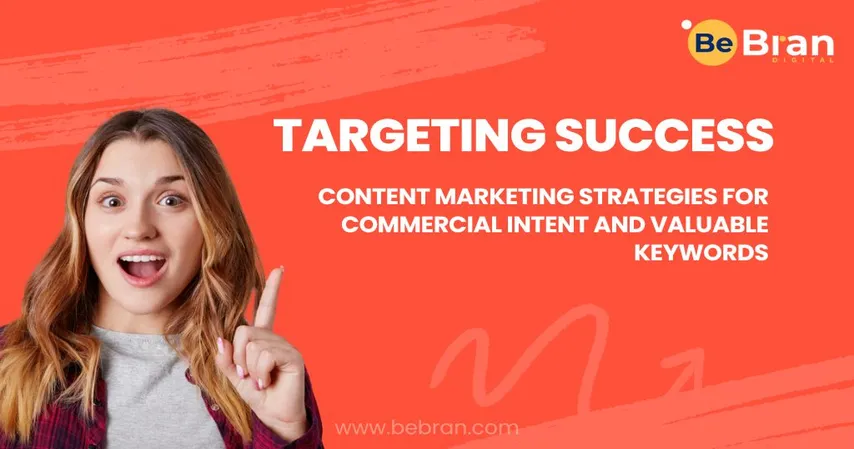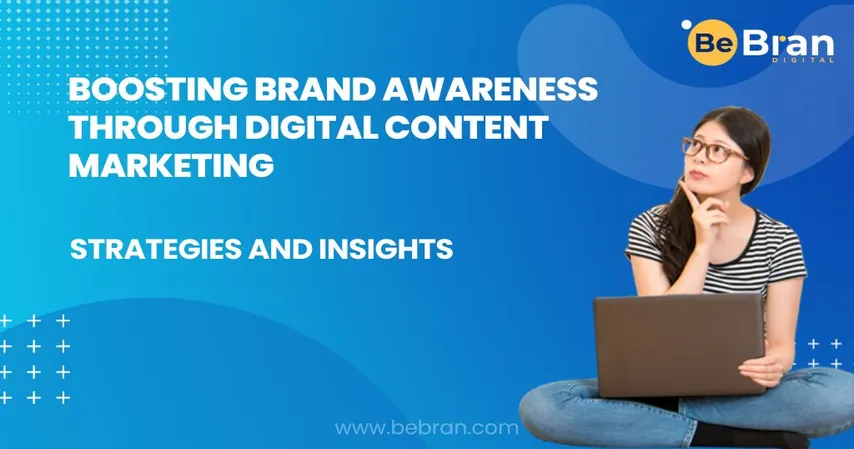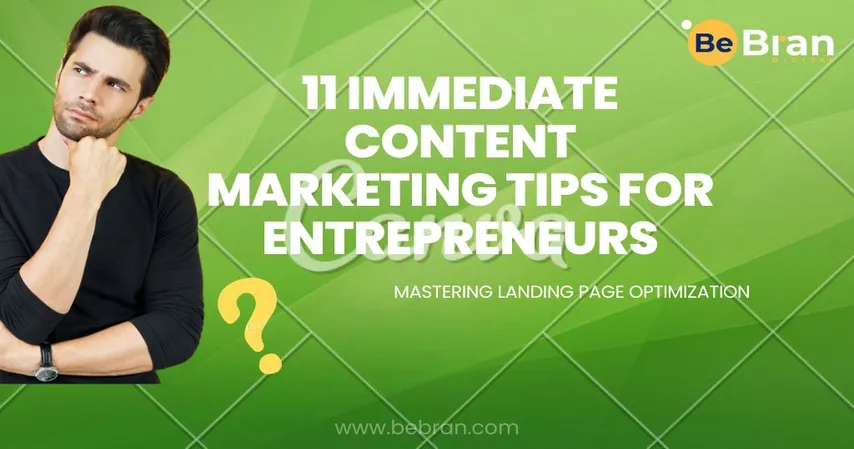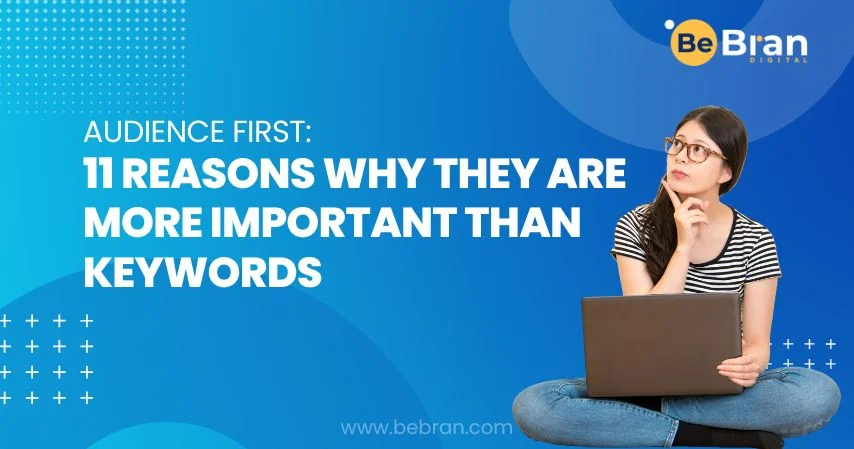Last but certainly not least, don't underestimate the power of experimentation.
In reality, everything you encounter online, including the content I've crafted, is shaped by personal experiences and research that might not align with your circumstances.
While my recommendations are rooted in the best available research, you might discover that your situation warrants an entirely different approach.
If that's the case, it's essential to prioritize strategies that prove most effective for your particular market, industry, and audience.
It's worth noting that 84 percent of marketers employ analytics tools to assess their content marketing efforts, as highlighted by MyCustomer, which is a commendable practice.
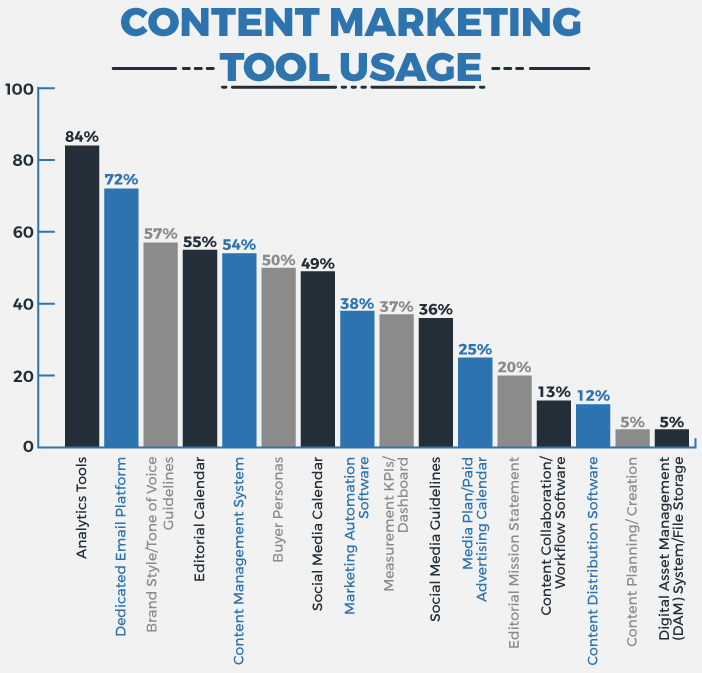
Utilize the insights gathered from these tools to conduct experiments with various techniques.
Don't hesitate to abandon strategies that prove ineffective for your specific situation. Instead, venture into new approaches to assess their potential for improvement.
Regardless of the alterations you introduce to your content marketing strategy, prioritize testing and refinement. Concentrate on strategies that deliver the best results for your business.







